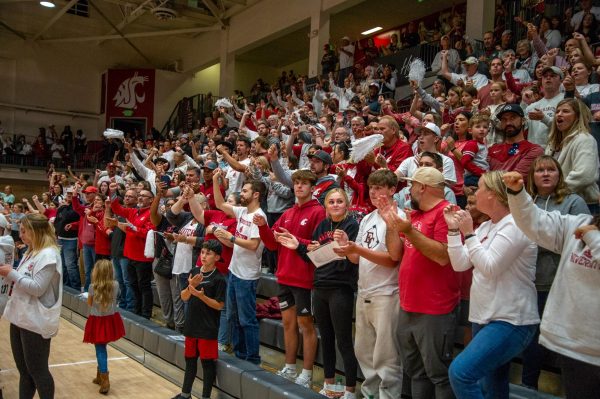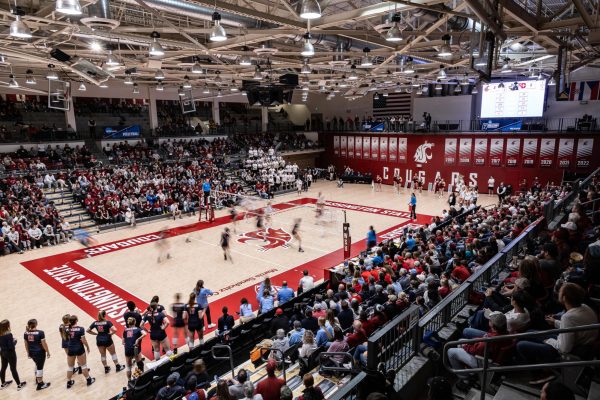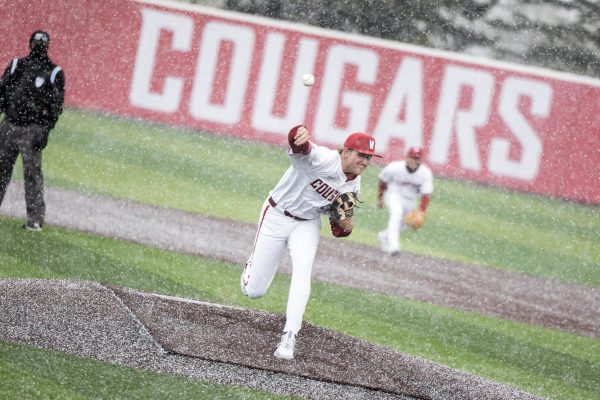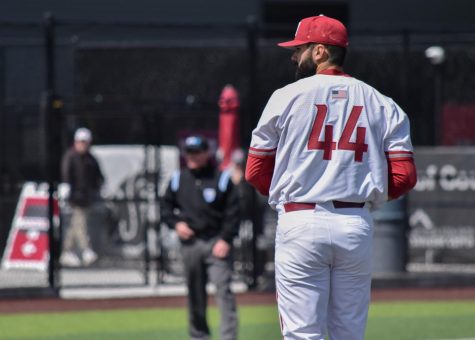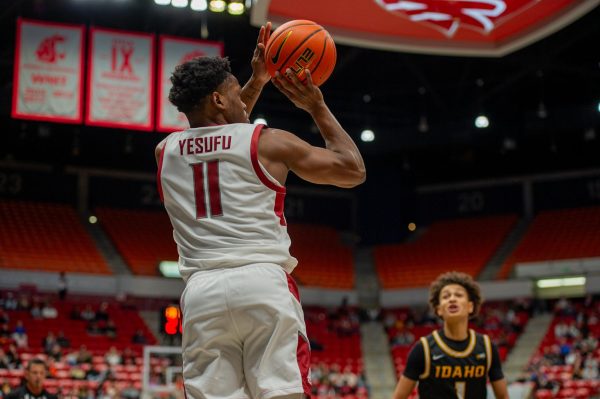Minor league pros may prove to be major cons
June 17, 2015
Adam Conley, a lefthander from Olympia, Wash., was selected in second-round of the draft by the Miami Marlins in 2011. Conley was the highest drafted player to come from Washington State since 1991, when Aaron Sele and Scott Hatteberg were drafted in the first round.
“God in his mercy has allowed me to play a game I love, and yesterday I found out I get to do it at the highest level,” Conley tweeted last Monday when he heard about the news.
According to Baseball America, approximately one in every 200 high school baseball players (.05%) will be drafted by a major league team into the minor leagues. Only 5.6 percent of high school athletes advance to college to play at some level of college baseball.
Those who make it through college have a better chance to be drafted, as 10.5 percent of college players get drafted or sign as a free agent by one of the teams in Major League Baseball.
These numbers show that reaching pro baseball from the minor league level is no easy task. To do so one must have great talent and athleticism.
Conley has defied most odds.
With that said, I blelive Conley’s key to success as a starter is going to be the development of his off-speed pitches.
Conley’s fastball has been sitting at 92-93 MPH and topping out at 95 MPH. For someone who has had issues maintaining a consistent fastball velocity, this a good sign.
The main reason scouts see Conley as a reliever is because he relies too heavily on his fastball. His slider and changeup are both a long way from being fully developed. They need a lot of work if he wants to start well in the MLB.
On the other hand, Conley does have a clean delivery and a relatively low arm slot, which coming from the left side can be devastating for hitters who struggle against lefties.
Additionally, Conley has a great work ethic.
Former head coach Donnie Marbut spoke highly of Conley during his time at WSU.
“He has zero fear,” Marbut said. “He wants the ball in the biggest situations. He has never been afraid of the moment.”
Obviously, a pitcher can’t gain so much velocity without putting in hours during the offseason. He also works fast and appears to be in a rhythm when he pitches. Conley really has a lot going for him.
I see Conley, primarily, as a reliever in the Marlins’ bullpen. There is a chance he could be brought up as a starter but I don’t see him succeeding in the rotation unless his arsenal of off-speed pitches improves.
However, already the news about Conley’s slider improving is positive and significant. One could see the positive developments during the Marlins 7-1 loss last Wednesday. Conley ended up pitching a perfect eighth inning.
“I’ve been here a million times and there’s nothing to be overly excited about so much so that I can’t do my job,” Conley said in a FOX Sports interview. “I just started focusing on pounding the middle of the zone and letting stuff work, that’s what I’ve done in the past to have success.”
The Marlins need to take their time with Conley and let him develop as a pitcher.
Yes, the Marlins will need bullpen help the next couple seasons and Conley will be needed to contribute. But if the Marlins take their time and approach it the right way, I know Conley has the chance to become the best pitcher from the second round of the 2011 draft.
During his stint in Triple-A, Conley posted a 5-2 record with a 3.05 Earned Run Average and 44 strikeouts over 59 innings in ten starts this season.
The southpaw is coming off one of the best outings in his career, striking out eight over 7.1 innings in a win over the Tacoma Rainiers in Tacoma last Friday.
The Marlins promoted Adam Conley from Triple-A New Orleans while placing right-hander Bryan Morris (back) to the disabled list.
They should be proud that their second-round pick is beginning to live up to his potential.







